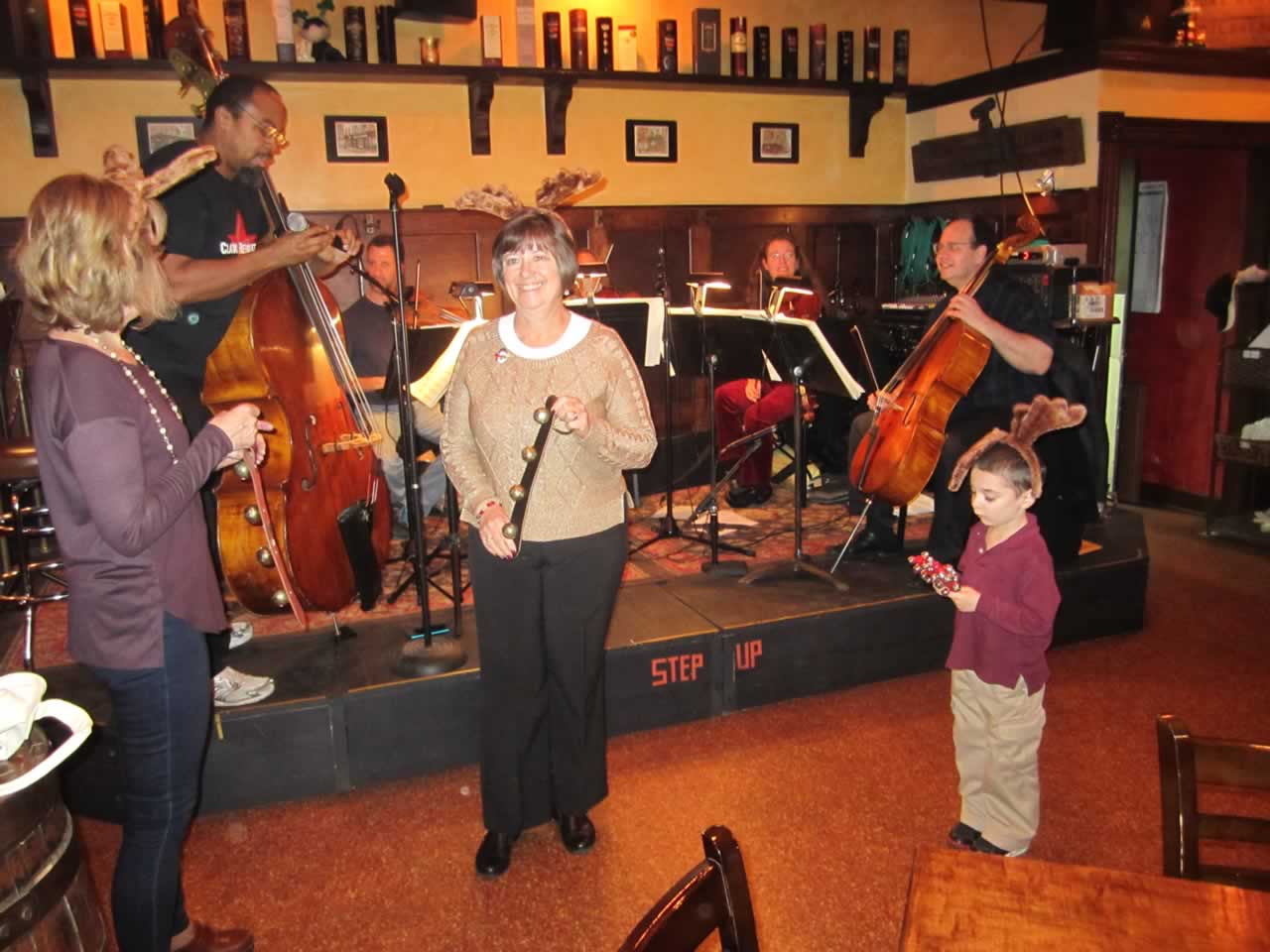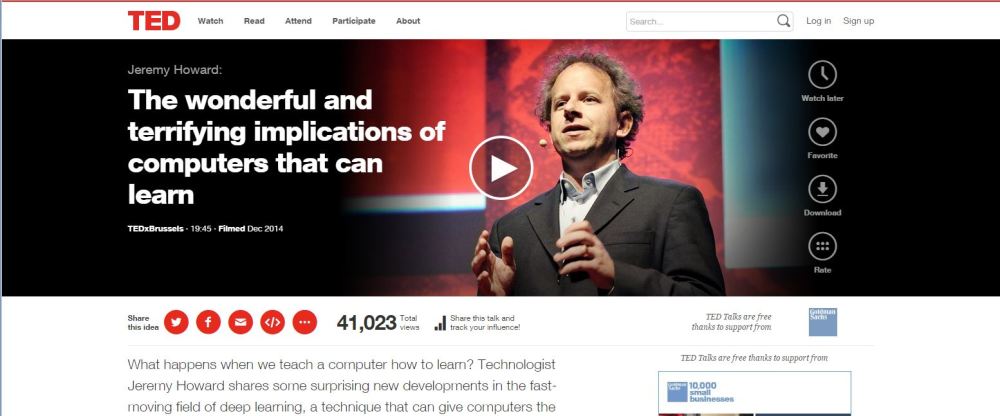Yesterday Thomas Cott tweeted two articles taking a Pro and Con view of the value of arts degrees. The first talked about how you don’t have to appear on Broadway to have derived value from your theater degree. The second wondered if BFA and MFA programs in dance aren’t part of a pyramid scheme.
My criticism of both articles is that they overlook just how important self-motivation and the influence of social dynamics are as factors in your success.
The piece about theater degrees rehashes lists I have seen in multiple places about how many key life and business skills you pick up by studying theater. These lists ignore the simple fact that you only acquire these skills by applying yourself diligently — something you can accomplish by working in construction, catering, and auto repair while pursuing any number of humanities degrees.
Theater doesn’t enjoy some special lock on the cultivation of creativity and marketable skills.
In the piece about dance degrees, I agree that too many training programs in the performing arts, including dance, don’t emphasize the need to develop career skills nearly as much as they should. I have done a lot of tongue biting over the years when I have wanted to scream in protest.
To some degree it is difficult to communicate the importance of acquiring these skills to young adults who just want to perform. In theater, it is hard enough to get actors to seriously apply themselves to learning technical theater skills even knowing the skills make them more employable.
The thing is, training in higher education is expensive across the board. If you think you can acquire the knowledge and skills on your own either through a series of employment opportunities or by independent or online study, that is great.
But for most people, going to school is the only way to raise your abilities to the standard required or the only way to keep yourself motivated and focused on acquiring those skills.
While I probably could have picked up the same abilities I acquired while pursuing my MFA in Arts Management through jobs and studying, I don’t know if I would have been motivated enough to do so at the time I enrolled. It probably would have been a number of years later before I was together enough to do so on my own.
In some respects, I use the audience for this blog as a substitute for the formal school environment to keep me motivated to constantly read, research and think about arts management.
That brings me to the other factor I mentioned earlier, social dynamics. This is something that exists in every arts training program, that no school can honestly represent the quality of.
How you interact with other students, faculty, members of the general public can have an enormous influence on you. This can determine how driven you are, how culturally omnivorous you are and what opportunities you avail yourself of.
I say that no training program can honestly make claims about how supportive the environment that their school is because these dynamics are constantly shifting and changing. Numbers of students, faculty and performance opportunities printed in a brochure have nothing to do with it.
I worked in places with a large number of undergraduate and graduate students who were involved with a good number of projects. Except, as mentioned in the article about dance programs, they were all associated with the academic program and few people worked on independent projects.
I have worked at a community college that didn’t even have a minor in a performing arts discipline and students were involved with creating their own performances on campus, forming performance groups with people from the community, involved with other established performance groups and picking up cross-disciplinary skills in the process.
Some of this was facilitated by efforts the academic departments made, but by and large it was the result of a cohort of students who kept each other motivated and managed to sustain their energy even after graduations. None of it was part of some long range plan. It just happened.
I can’t say who has the better chance of being employed as artists over the long term. Formal training programs have the imprimatur of a degree, the cachet of their name and the network contacts of alumni and faculty.
People who have been omnivorous in their pursuits may develop a following and recognition that their creativity, range of knowledge and skills and entrepreneurship are well suited to the current arts environment.
The truth is, it isn’t too long after you graduate that what you have done and what you can do right now becomes more important than where you studied. (Though certainly there are places whose name recognition is still impressive 20 years after you graduated.)
But as anyone who reads this blog can tell you, working in the arts is really hard.
Admittedly, when you are 18-20 years old, it is extremely difficult to know what education and career path you should be pursuing to bring the most success. The same is pretty much true at 40.
When you are looking at a career in the performing arts, the cost of attending a training program or forgoing it is not as real to you as it is four years or so later and you look back in regret at choices made or not made.
Let’s also be honest that training programs want to sell you on attending them. As an aspiring artist, you are going looking for them. It may actually be to the credit of BFA & MFA programs moreso than many other academic disciplines that they reject a lot of people. This may be the biggest favor they do for many.
Yes, they need to do a much better job in respect to preparing people for careers and should be working harder to discourage people who aren’t exhibiting the discipline and skill at that time that they need to succeed.
But it really is not in their best interest to dissuade people too strongly.
The benefit students today have over students from 10-15 years ago is that so much about the reality of an arts career is discussed online now. It is possible to make a much more informed decision today.
Think back though. Even if you sought out or were given links to articles like the one about dance programs being a pyramid scheme, would the 18 year old you have been dissuaded?











Thanks for what you are doing to bring cultural change to the arts. It is so important to represent everyone.…